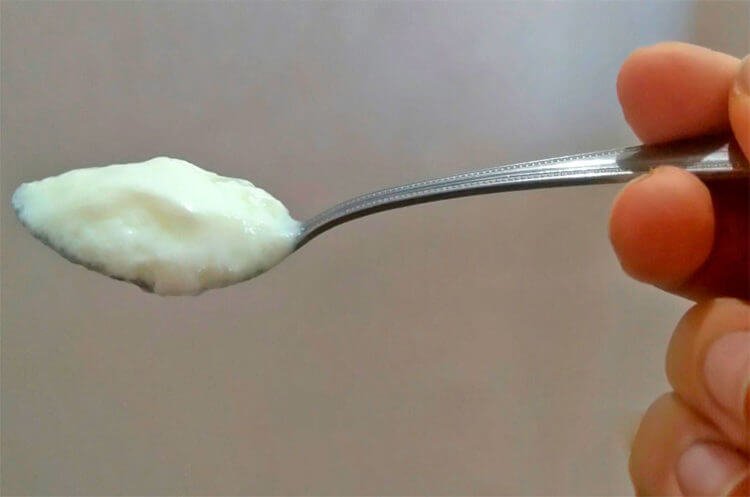Devices for measuring the concentration of hydrogen ions
The potentiometric method of pH measurement is based on measuring the electrical potential when a special electrode system is placed in the solution to be analyzed. The emf of the electrode system is related to the activity of water ions in the solution and temperature.
The water molecule is a rather chemical compound, its dissociation into hydrogen and hydroxide ions compared to the concentration of its undissociated molecules is so small that the dissociation coefficient Kn2o = 1.0 10-4 at a temperature of 22°C. 
For the convenience of expressing the concentration of hydrogen ions, the Danish chemist Zerens introduced the concept of pH (p is the initial letter of the Danish word for measure (degree) of pH - hydrogen). Accordingly, the hydrogen pH is the decimal logarithm of the concentration of hydrogen ions with a negative sign: pH=-lg[H+]; similarly, for hydroxide ions, pOH=-lg[H-]. For pure water at 22°C, pH = 7.
For a neutral medium, the pH value is 7, for an acidic medium it is less than 7, and for an alkaline medium it is more than 7. For very acidic environments, the pH is less than zero (-1 -2) and for alkaline environments it is more than 14 (15+16).
The electrode system (Fig. 1) consists of two electrodes: a measuring electrode, the potential of which depends on the activity (concentration) of hydrogen ions in the solution, and a comparative (auxiliary) electrode, the potential of which remains constant during the measurement and is placed in a saturated potassium chloride solution. 
Most often, the pH of solutions is measured with electrodes made of special glass with impurities of monovalent metals: lithium, potassium, sodium. Glass electrodes have low inertia and stable characteristics.
Body (2) of the calibrated tube made of special glass. The membrane can have any shape (ball, cone, plane) depending on its purpose. The inside of the electrode is filled with a normal hydrochloric acid solution (3) with a small amount of silver chloride crystals. The contact electrode (4) is placed in the acid solution, which is connected to the measuring device OP through a plug (5) and a rubber cap (6) with a cable tip (7).
The reference electrode can be a silver chloride electrode or a calomel electrode. The inner part of the chloride-silver electrode is filled with a saturated solution of potassium chloride. The contact silver electrode (8), coated with a low-soluble salt of silver chloride, is immersed in the solution, and its other end is connected to the measuring device OP through a tube (5) and a rubber cap (6) with a cable lug (7). The contact of the measured solution with the potassium chloride solution occurs through a porous partition (9).
The interaction of the solution with the glass surface leads to a potential difference Ex caused by the activity of hydrogen ions in the solution:Ex = Eo+(2.3RT/F)lg an, where: Eo is the normal potential; R is the universal gas constant; T is the temperature; F is the Faraday number; an is the activity of hydrogen ions in solution.
Thus, by measuring the potential of the glass electrode, the pH solution can be found. The total LDC of the cell is equal to the algebraic sum of the contact emfs; sumE = Ek+Evk+Ex+Ed+En where: Ek is the contact emf between the electrode and the hydrochloric acid solution; Ewk is the contact emf of the inner surface of the glass electrode; Ed is the diffusion potential at the interface between the controlled solution and the KC1 solution;Ex is the contact emf between the glass electrode and the controlled solution;En is the potential difference at the interface between the silver electrode and the KCI solution.
All of the above emfs, except Ex, are constant, and the total emf of the measuring cell is proportional to the contact emf of the outer membrane of the glass electrode Ex. According to the principle of operation, pH meters are divided into the following main groups of devices: direct reading, static and antistatic compensation.
The direct reading method is used in laboratory pH meters with a measurement accuracy of ± 0.05 pH. Compensation schemes are most often used in automatic pH meters with dynamic and static compensation.
The industry produces sensors of the submersible type DPg-4M and flow type DM-5M, made of stainless steel X1810T with glass electrodes of the types ESP-01-14, ESTK-1M and comparative chloride-silver electrodes; converters of the types P-201, P-205, P-210, P-215 and pH meters of the types pH-201, pH-125, etc.
Questions for self-control
- Classification of methods for analyzing the composition and properties of substances.
- Basic terms and definitions, classification of methods and instruments for measuring density.
- Float density meters: types, use, structure and principle of operation.
- Hydrostatic density meters: types, their use, structure and principle of operation.
- Basic terms and definitions, classification of methods and means of measuring viscosity.
- Capillary viscometers: types, their use, structure and principle of operation.
- Ball viscometers: types, their use, structure and principle of operation.
- Rotational viscometers: types, use, structure and principle of operation.
- Potentiometric method of analysis of liquids, theoretical foundations of potentiometric measurement.
- Structure and principle, operation of the electrode system for measuring pH.


